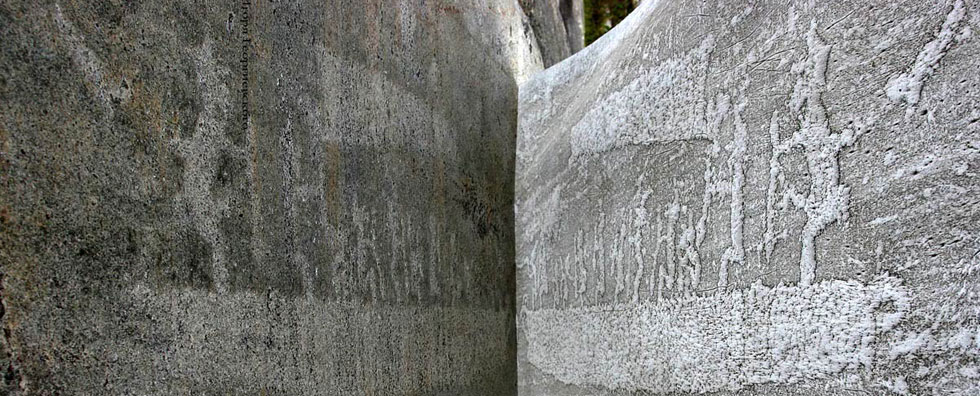
Issue №1, Vol. 19
Syunev V., Grafova E. New technical solutions for reducing the negative impact of forest industries on the forest environment // Resources and Technology. 2022. №1, Vol. 19. P. 48‒71.
DOI: 10.15393/j2.art.2022.6103
New technical solutions for reducing the negative impact of forest industries on the forest environment
| Syunev Vladimir | Petrozavodsk State University, siounev@petrsu.ru |
| Grafova Elena | Petrozavodsk State University, grafova.elena.karelia@gmail.com |
|
Key words: еnvironmental safety logging waste composting oil pollution elimination of accumulated harm |
Summary: In addition to the most frequently considered negative factors of logging impact on the natural environment, new aspects that have arisen with the improvement of legislation are considered. Incomplete use of wood waste leads to the formation of warehouses and dumps of unused wood waste. Also in forest settlements household waste is generated, which is accumulated on landfills, emitting toxic filtrate, gases, waste decay products. Lack of control on forest sites leads to accidents and leaks of oil products during refueling and operation of forestry equipment. This results in a long-term polluting effect on the soil and water in places where equipment, fuel and lubricants are concentrated. According to environmental legislation, forest users are responsible for the negative impact on the environment and must eliminate the consequences of their activities or prevent potential environmental risks. Long-term use of the harvesting area leads to intensive exploitation of forest roads, contributing to the pollution of water bodies with oil products. The corresponding technological regulations to reduce the negative environmental impact factors in the process of logging have not been established. The author proposes to use all waste generated at the logging site to produce soil substrate by the process of composting. During the process an organic component such as organic waste, sewage sludge, nitrogen-containing agricultural waste should be added to compensate for the lack of nitrogen. According to reports, wood bark amounted to 92% of waste, wood chips comprised 4%, slab wood - 2% in the Republic of Karelia during last three years. In general, it was found that 32% of wood waste from forest enterprises is not used. With effective interdepartmental interaction, these types of waste can be processed into a useful product, reducing the volume of landfill waste at the regional level. The author suggests collecting oil products spillage by washing away the pollution substances. These substances will be processed on local treatment systems by using combined natural sorption materials formed from logging products as cleaning agents. The following features of the cleaning systems design on forest sites and roads have been identified: swampy and water-saturated forest areas as the most typical ones in the North-West of the Russian Federation, the lack of power supply, the inability to deepen structures due to a small difference in elevations between the roadbed and the adjacent terrain or water level. It is required to install a sand trap with a power reserve because of ground cover and sand removal necessity. The capacity of structures should be selected according to the amount of wastewater flow, designed for shorter drainage areas, providing wastewater intake with a flow rate of 0.3—3.0 l/s. |
Displays: 863; Downloads: 507;




